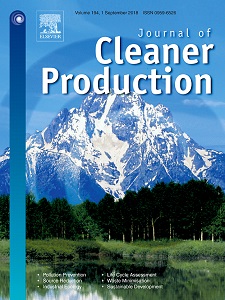
| Tipo de publicación | Articulo |
|---|---|
| Año de publicación | 2016 |
| Autor(es) | Vazquez, I., Kahhat, R., Quispe, M. & Bentín, |
| Número de páginas | 2505-2517 |
The Peruvian coast has developed a robust agricultural sector despite the low average rainfall thanks to the availability of water resources from rivers and groundwater. In fact, this area has become one of the main producers of green asparagus worldwide due to the availability of water and the high yield rates that can be reached. However, irrigation and intensive agriculture constitute a significant threat to water depletion in the region, as well as to important changes in land use. In addition, the intensive use of fertilizers and plant protection agents can increase the amount of nutrients and/or toxic agents in river and in the soil. Hence, a Life Cycle Assessment study was conducted for an agricultural farm in Paracas that cultivates green asparagus for export to North America or Europe. The aim of the study was to understand the potential environmental impacts associated with the cultivation of this product in a hyper-arid area. Results showed a considerably lower water use in the cultivation site when compared to business-as-usual values for the region, due to the advanced irrigation system applied. Environmental impacts were strongly influenced by the high energy intensity linked to the production of inorganic fertilizers used on-site and, to a lesser extent, plant protection agents. Transport environmental burdens were also identified as important sources of environmental impact throughout the impact categories monitored, especially when airfreighted to the final country of destination. Finally, the use of methyl bromide to fumigate green asparagus at US customs implied a high burden in terms of ozone depletion. The results in this study intend to be a proxy to understand the specific hotspots linked to the production of green asparagus in Peru, as well as a way forward for local small- and medium-scale companies to get involved in the improvement of their ecological marketing strategies.